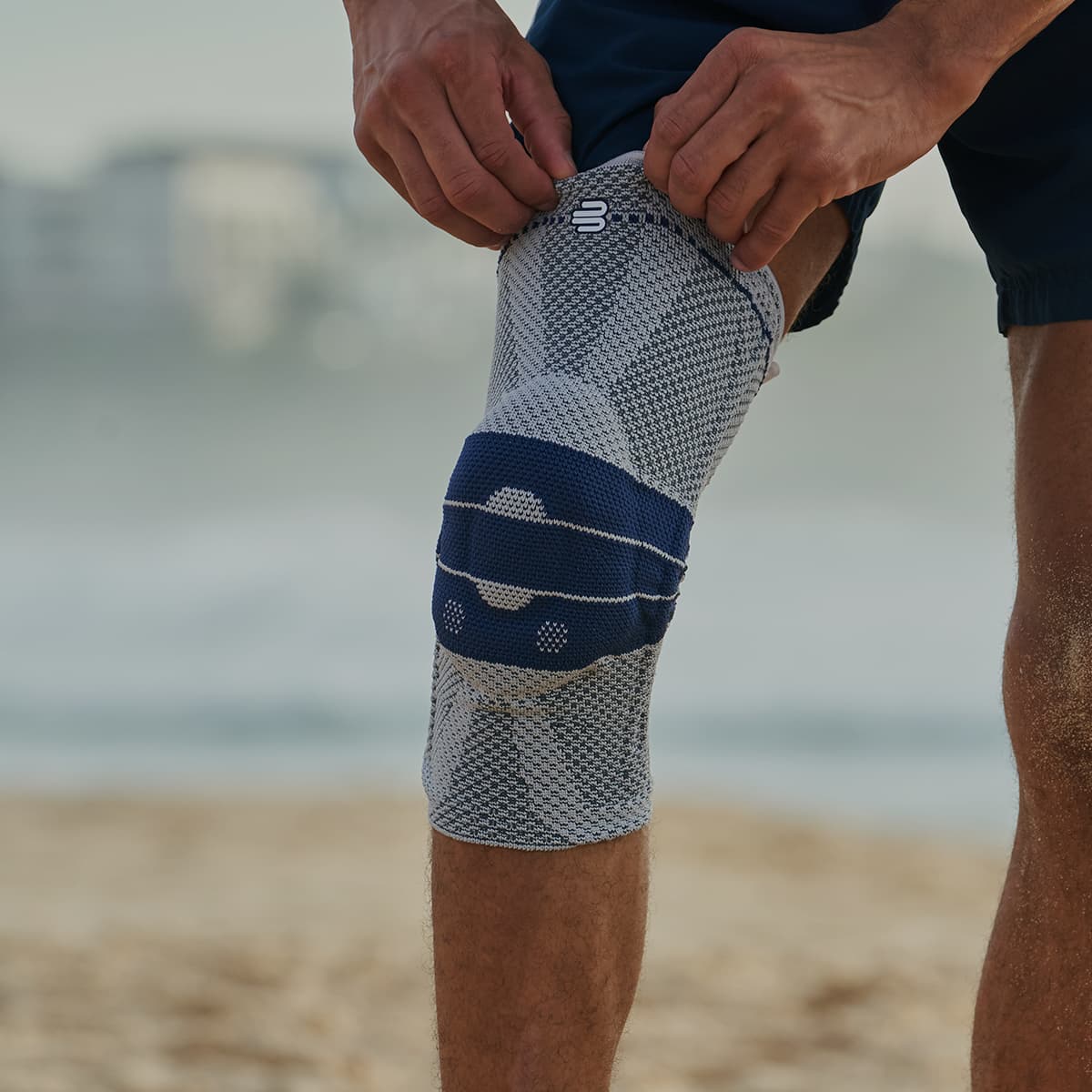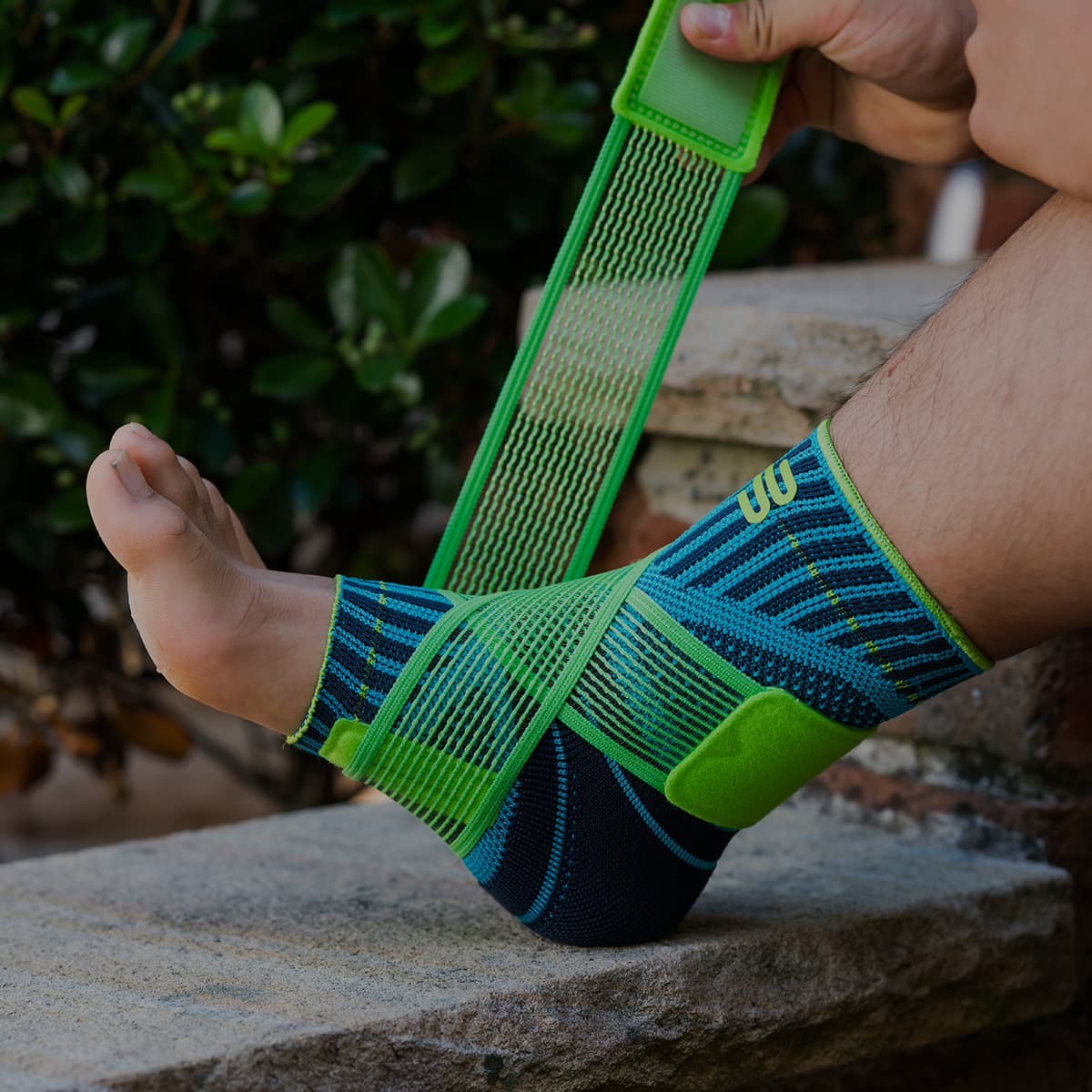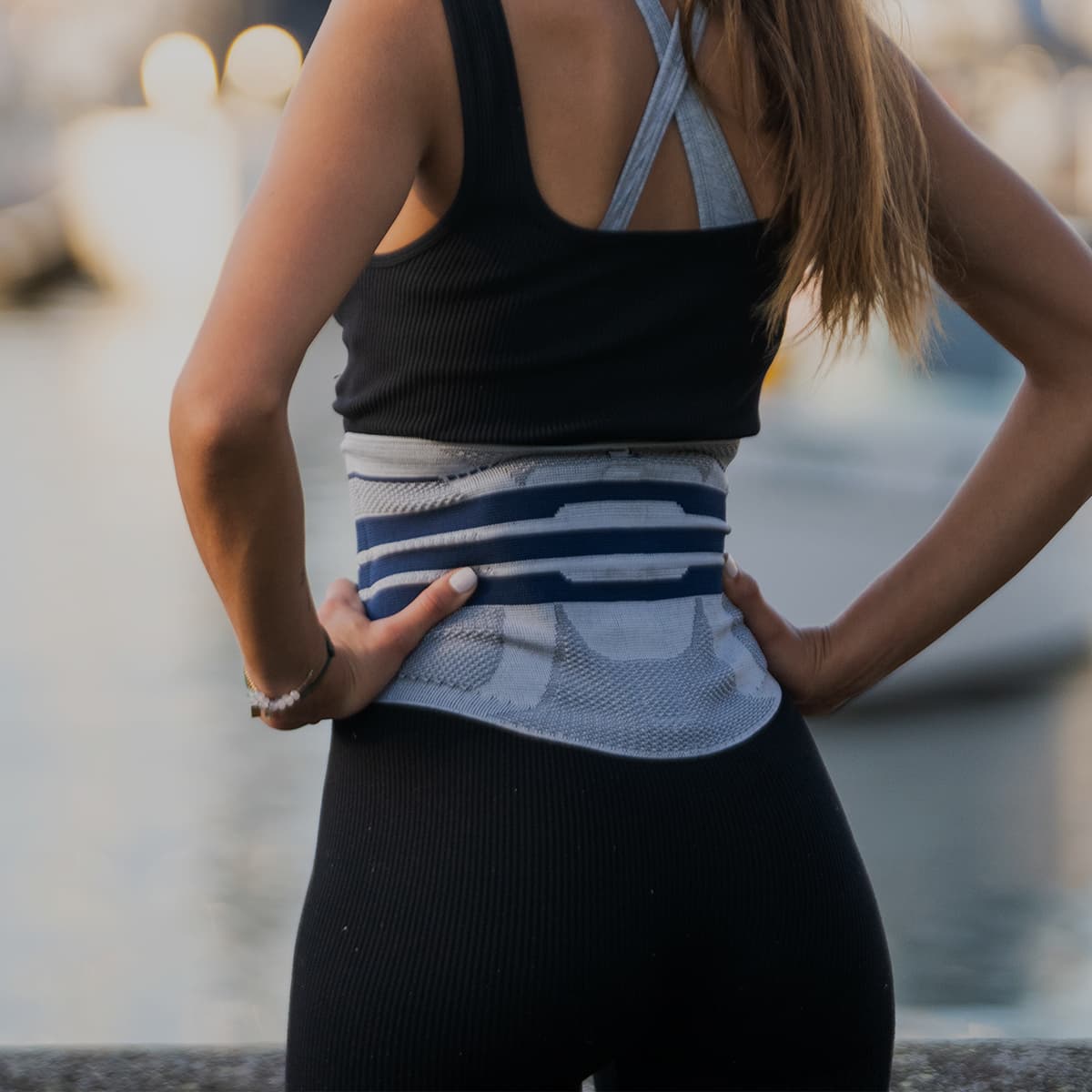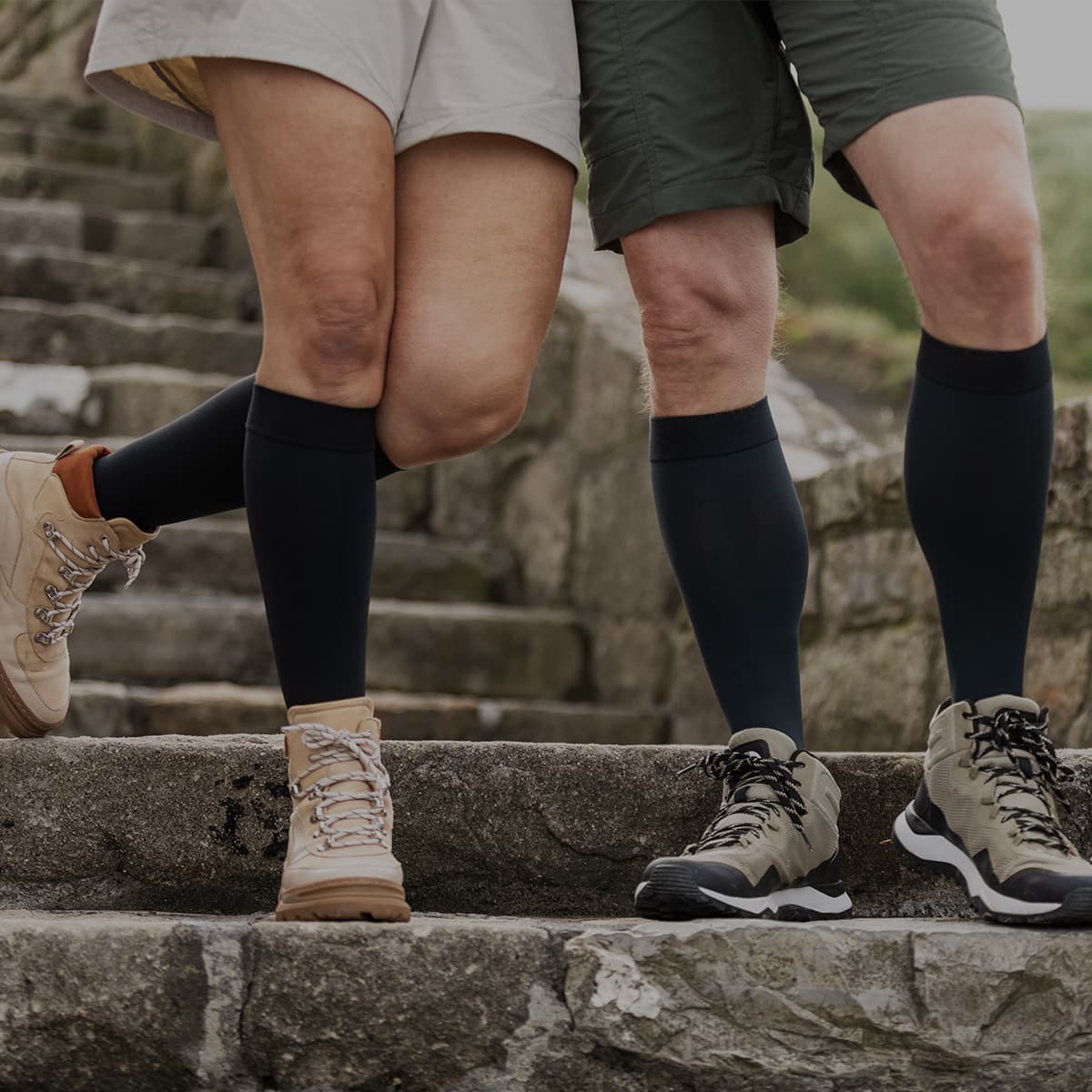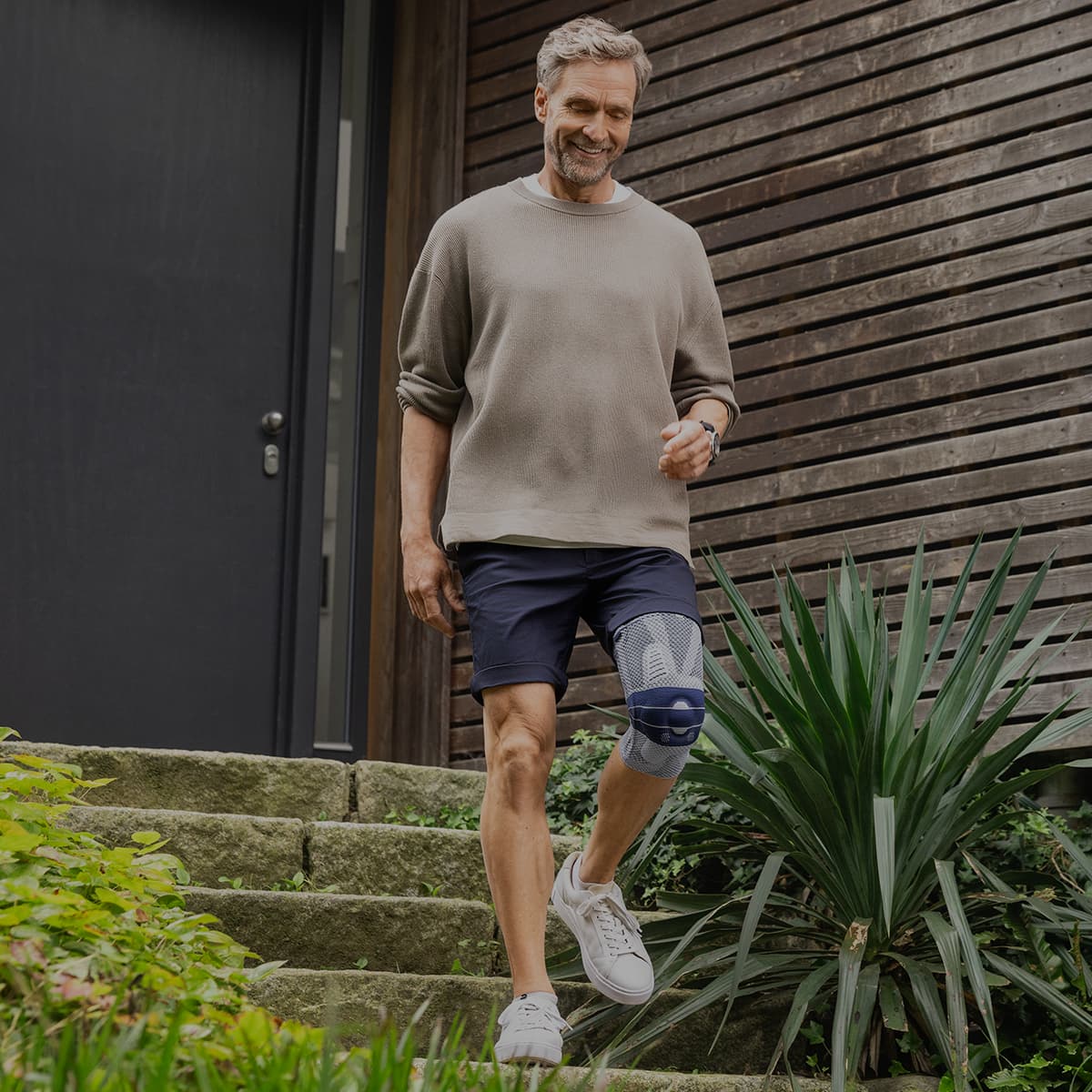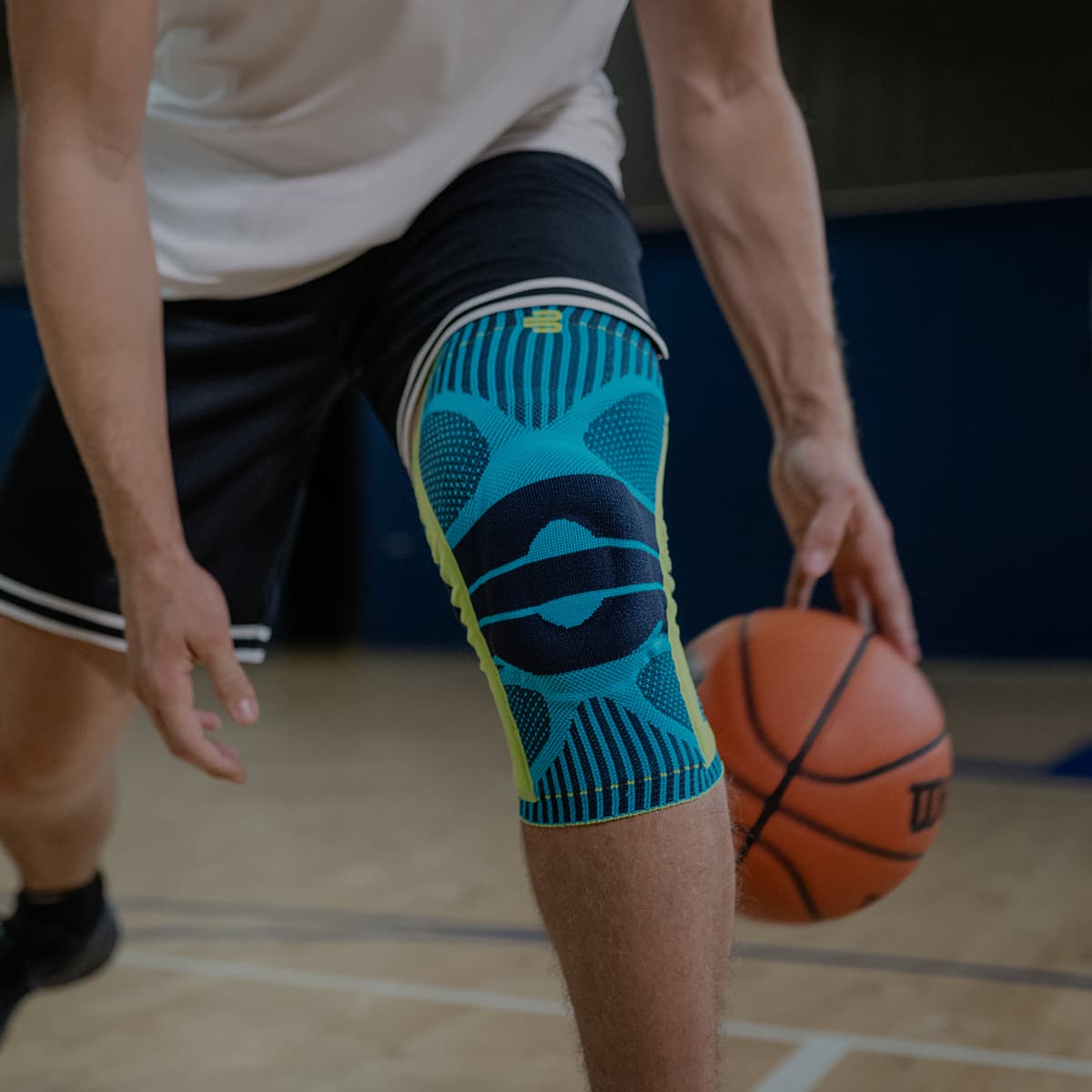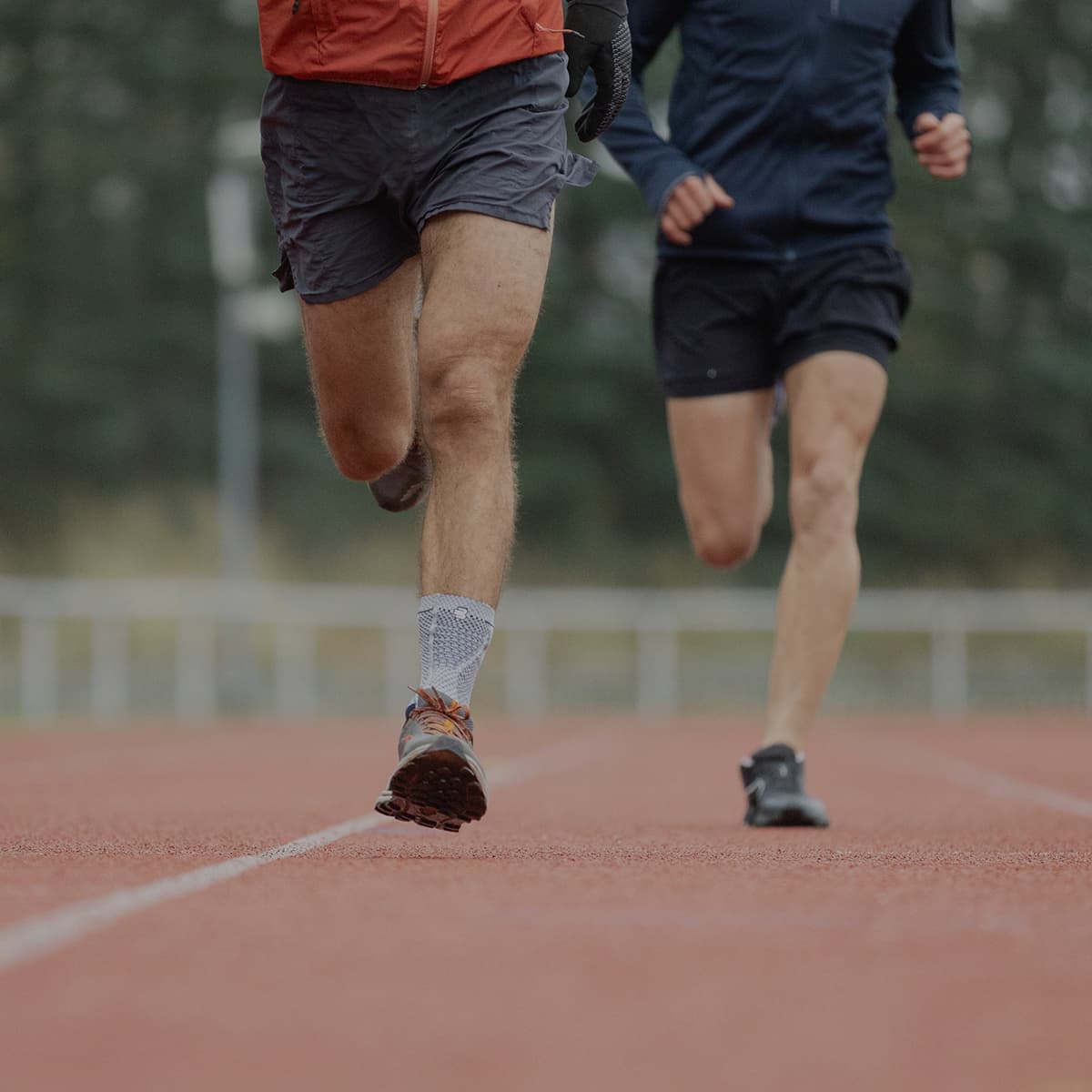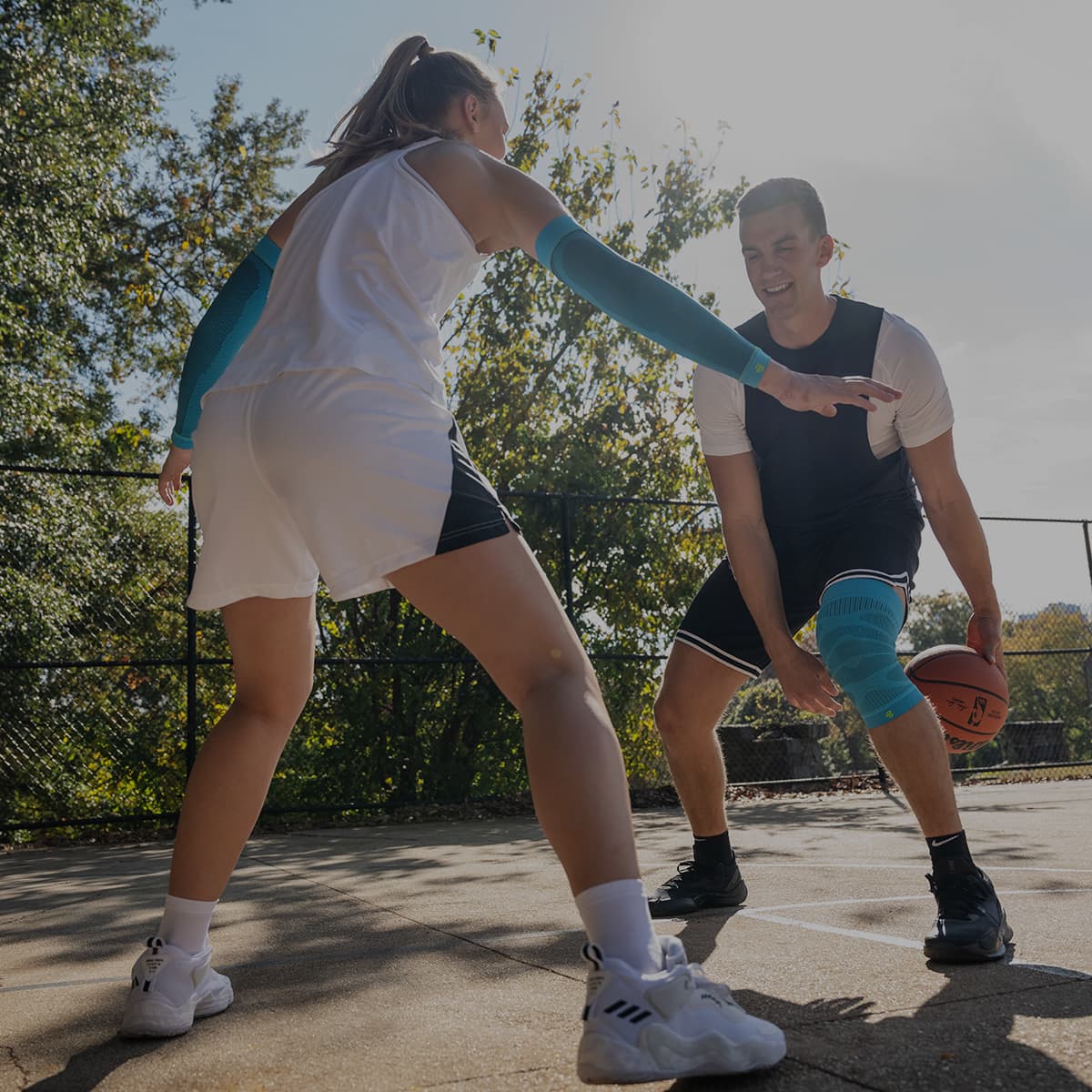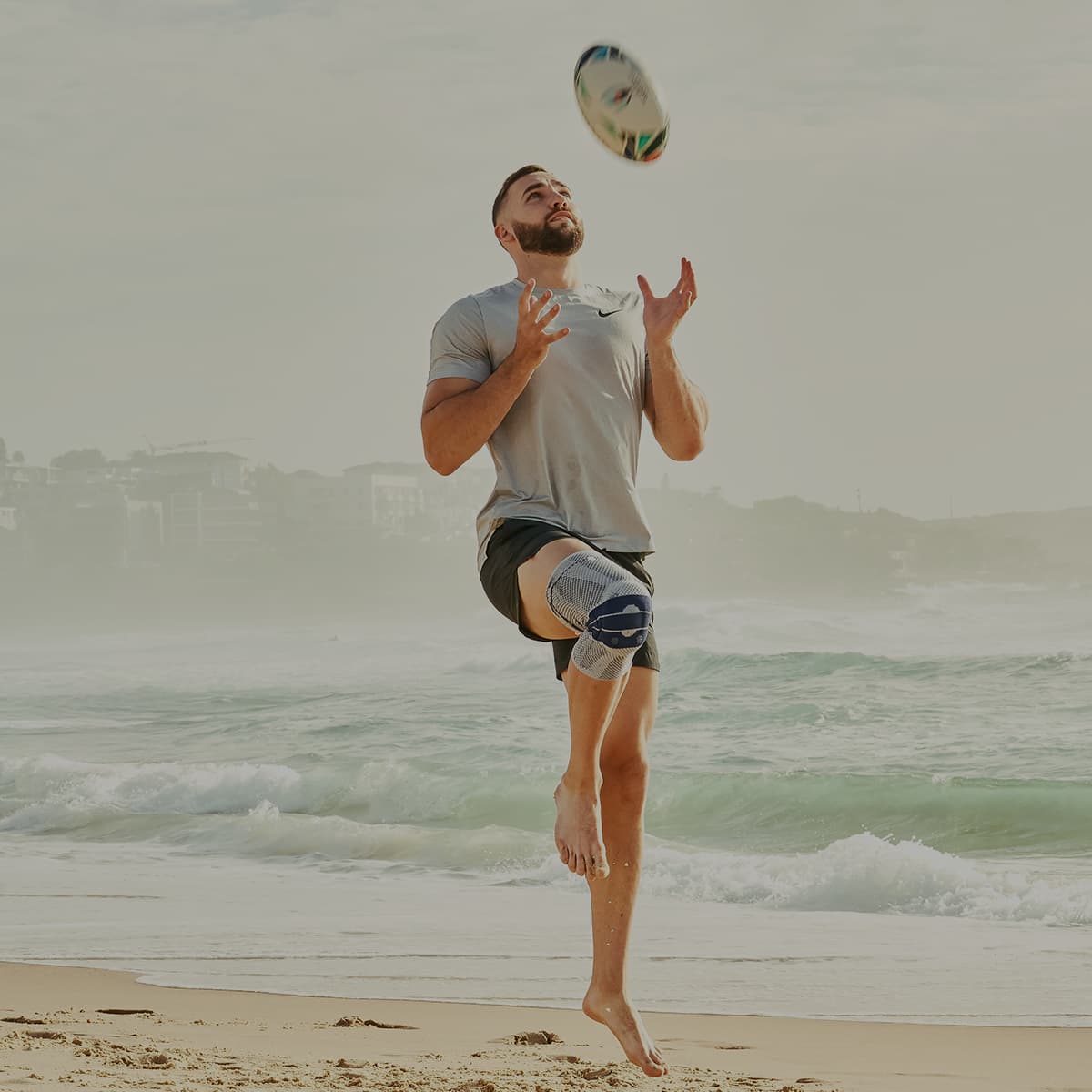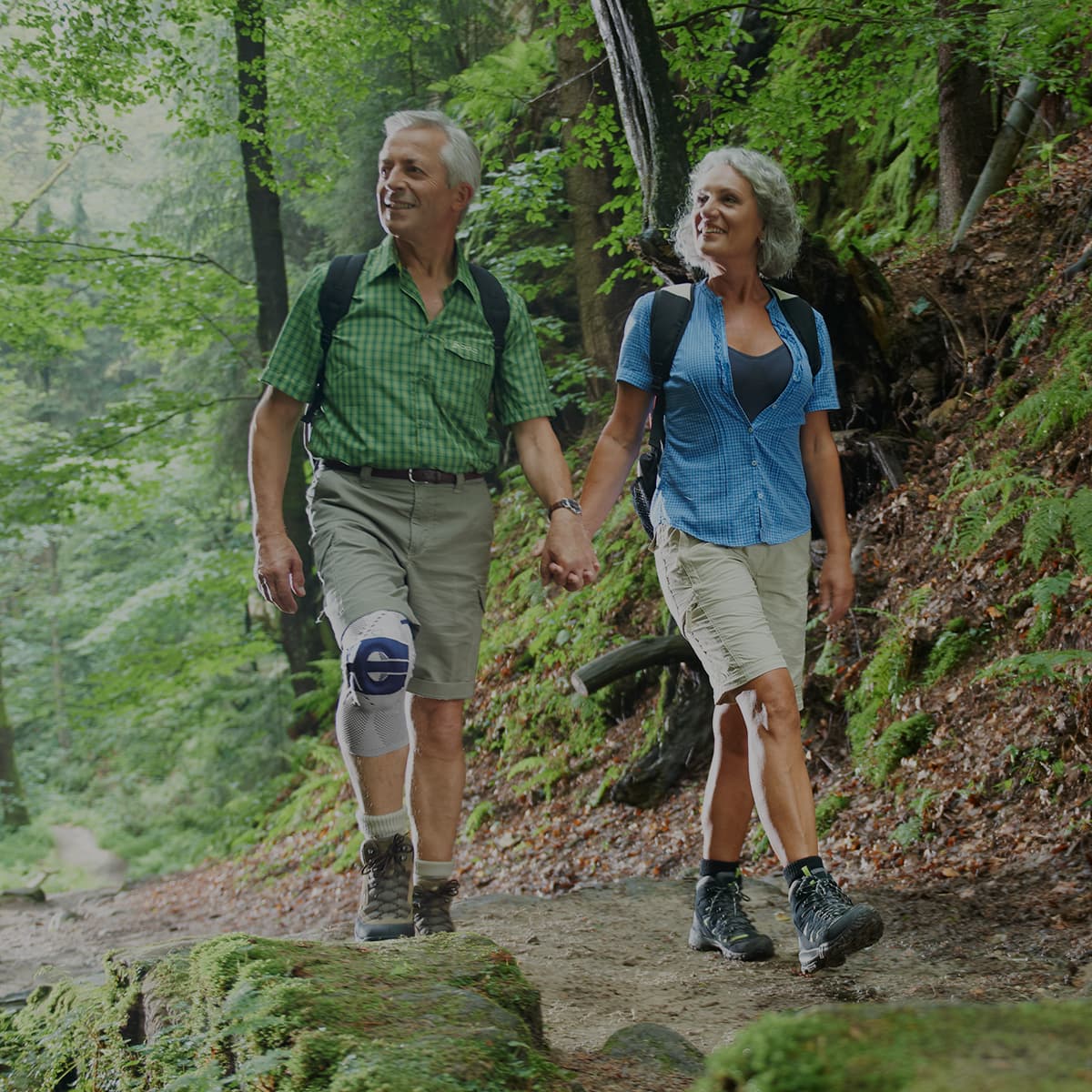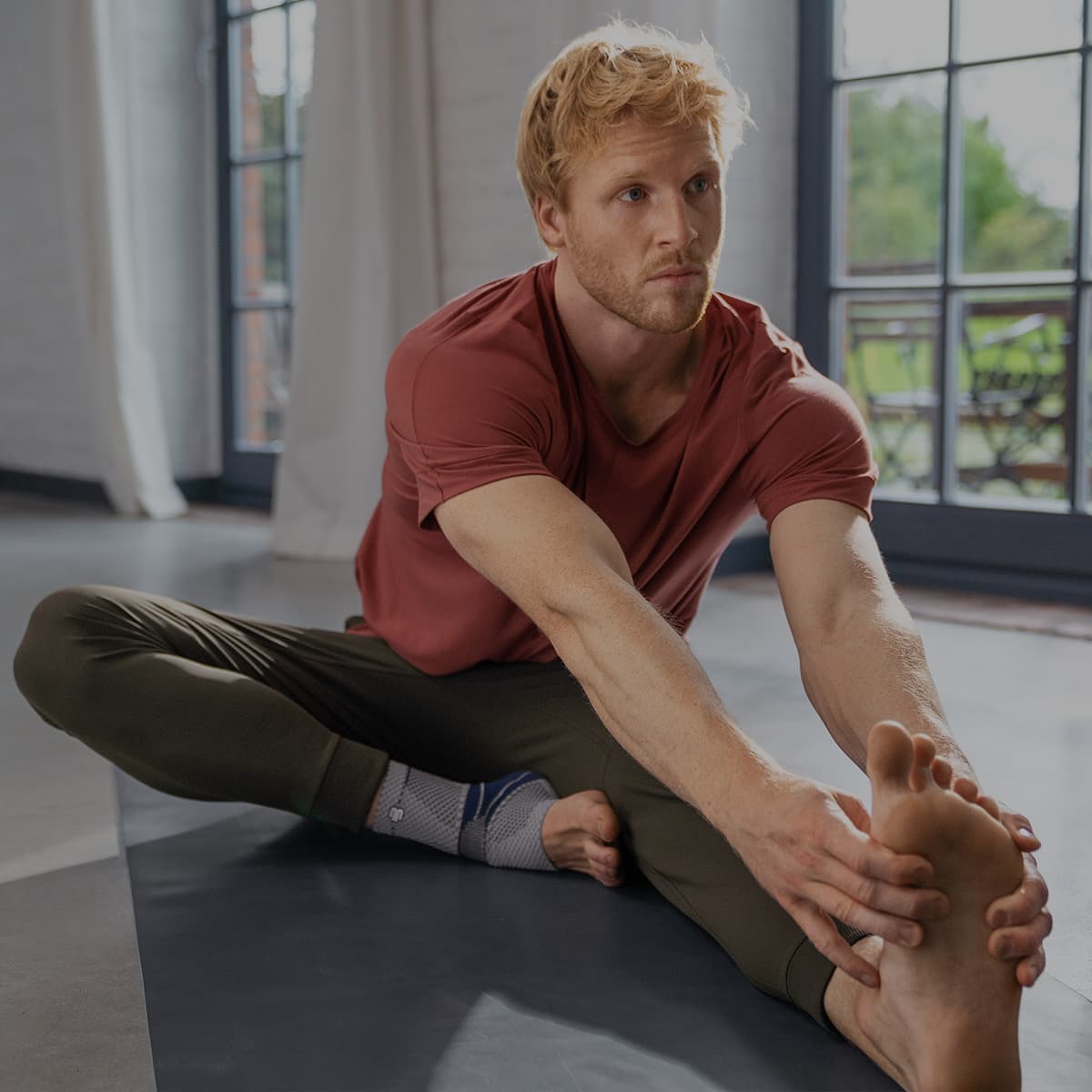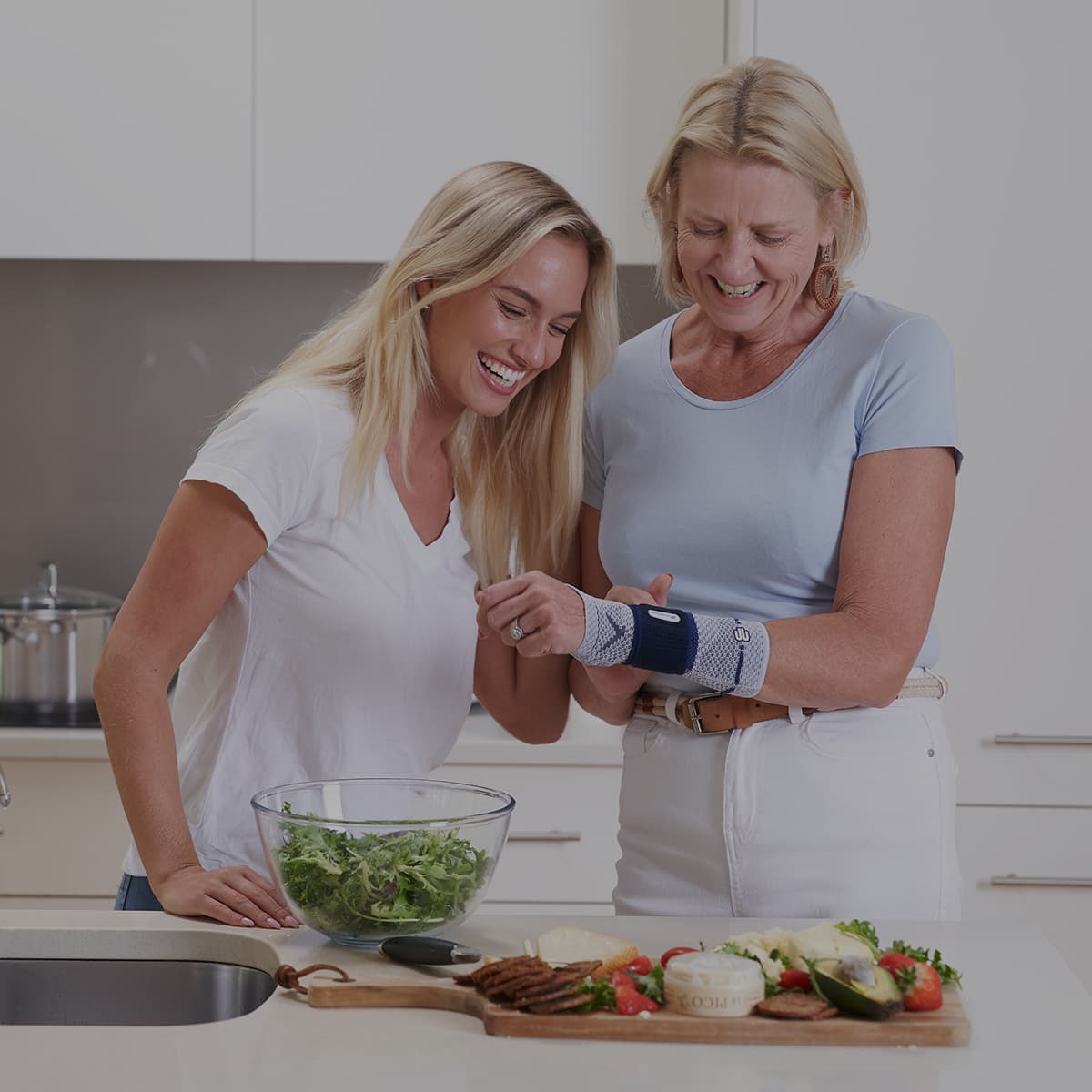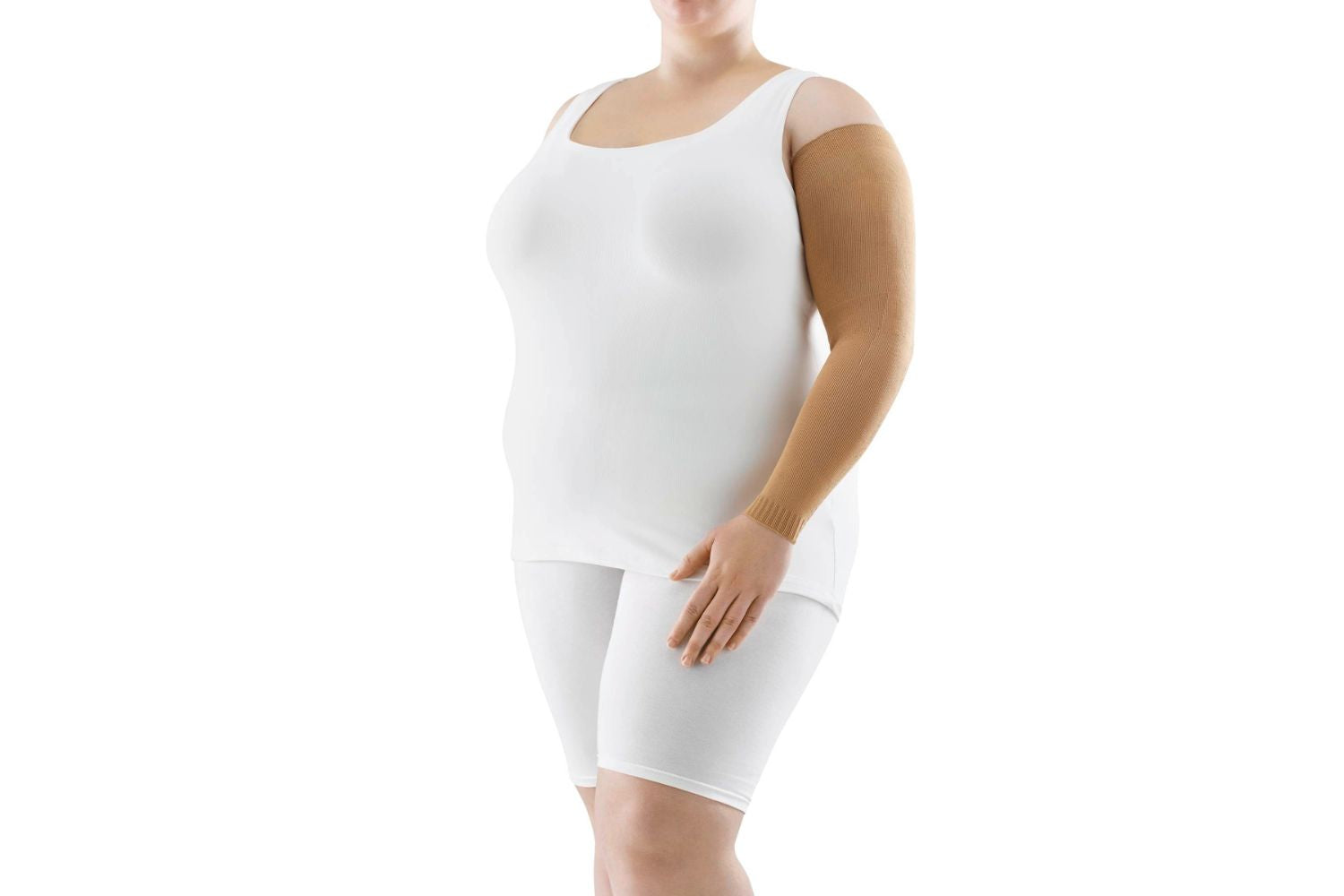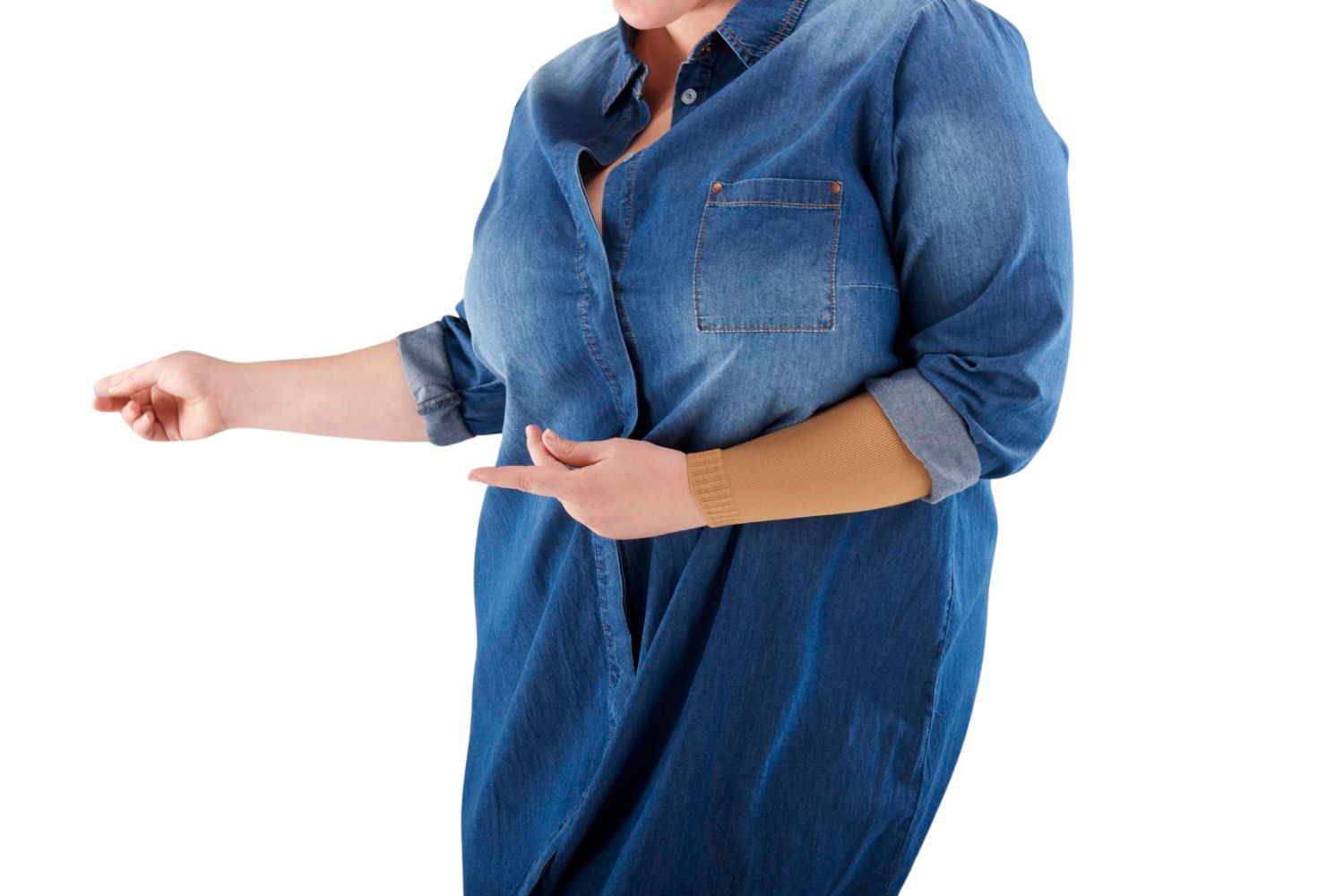Patients suffering from Lymphoedema usually experience significant swelling in the limbs due to excessive fluid deposits. There are significant pain and discomfort and a patient’s movements are severely restricted. In chronic cases of long-term neglect, there are serious risks of degeneration of the limbs.
Causes of Lymphoedema
Lymphoedema is broadly divided into two types:
Primary Lymphoedema:
In primary lymphoedema, the root cause of the lymphatic congestion is congenital or pre-existing. Scientists believe hereditary dispositions account for about a third of all patients with Lymphoedema.
The disease primarily affects the lower half of the body – Thighs, legs, ankles and feet. Around 80% of people who suffer from this type of lymphoedema are female, and symptoms manifest at a very young age, usually at puberty. Some of the causes include:
- Malformations of the lymph vessels. For example, the vessels could be too narrow, which could lead to reduced fluid movement.
- Pre-existing Valve disorders
- Malposition of the Lymph nodes.
Secondary Lymphoedema:
In contrast to Primary, Secondary Lymphoedema can arise from a range of causes. It is most commonly a result of post-operative or traumatic damage to the lymphatic system. Some of the leading causes include:
Lymphatic damage after the onset of cancer. For example, in cases of breast cancer, surgery can damage the lymph nodes in the armpits and increase the risks of developing lymphoedema in the arms and hands.
Infections and parasites, such as in the case of Phlebedema (Lymphatic Filaria infection syndrome).
Lymphoedema Symptoms
The symptoms of Lymphoedema do get progressively worse if left untreated. The most commonly experienced symptoms include:
- Swelling in the limbs due to excessive fluid build-up. Both the arms and legs can be affected.
- Heaviness in the limbs and persistent fatigue.
- Tightening of clothing and jewellery due to swelling.
In chronic cases of Lymphoedema, there is severe pain and fluid buildup in the limbs. The patient’s skin begins to feel tight and painful. Eventually, the limb becomes stiff and the patient’s mobility is severely restricted.
Long-term progression of the disease carries a significant risk of infection, and it is highly advised to seek immediate medical treatment to avoid complications.
Diagnosis for Lymphoedema
The first point of contact for assessment and treatment should always be a medical professional physician (a GP or Lymphoedema specialist being the most preferable)
A physical examination helps the physician investigate and confirm the most common symptoms, while a thorough patient history can shed light on important information that could highlight secondary lymphoedema risk factors.
Sophisticated imaging technology, such as Ultrasound scanning, can then confirm the patient’s medical history and the extent of damage to the lymphatic system. The ultrasound can also effectively locate the built-up fluid in the limbs. All this information allows the physician to formulate an effective treatment path.
Lymphoedema Management Treatment
Treatment for Lymphoedema is usually conservative. It has two main goals: to provide relief by alleviating symptoms and to prevent the progression of the condition to avoid long-term degeneration.
A few proven measures include:
Changes in Lifestyle
Simple changes in day-to-day lifestyle can have significant benefits in treating Lymphoedema. Regular exercise to lose weight and stay healthy reduces the stress on the arms and hands, with swelling. Weight loss and reducing obesity help relieve pain and discomfort in most patients.
Dietary Changes
Strict dietary changes are highly recommended. Patients should make note of dietary intakes, such as alcohol or gluten, that might lead to increased swelling in the arms. Certain foods and drinks should be avoided to limit the impact of external triggers. This is best discussed with your doctor to confirm the proper dietary regimen.
Skincare
Regular skin care with moisturisers and creams to soothe the skin helps provide relief from the discomfort felt by most patients.
Rehabilitation Exercise
Targeted exercise can help the patient lose weight and increase blood circulation through the affected arms and hands. It can be very beneficial in cases of Lymphoedema in the arm after breast cancer surgery. Boosting blood circulation can help strengthen the muscles and facilitate healing.
Lymphatic Drainage Massage
Lymphatic drainage massage should stimulate the surrounding area and naturally encourage the drainage of lymph fluid to alleviate symptoms. In chronic cases, more frequent sessions or more in-depth methods of lymph drainage might be necessary.
Compression Therapy
Compression therapy is the gentle application of pressure on the affected area using a medical compression garment. Compression garments like the VenoTrain range are shown to significantly improve a patient’s quality of life.
Regular use of compression garments is instrumental in preventing the progression of Lymphoedema and is one of the most effective long-term methods of managing lymphoedema.
Medical-grade compression encourages the flow of lymphatic fluid out of the affected arm and can significantly reduce swelling.
Every day routine with a combination of the above helps slow and stop the progression of the disease and can have immense long-term benefits.
Compression Garments

Contact us to order your CuraFlow Compression Garments
Compression garments like the VenoTrain Curaflow are particularly effective in alleviating symptoms of Lymphoedema. The flat-knit fabric provides targeted medical-grade compression on the affected limb, causing even tissue compression to ensure increased lymph fluid drainage.
Bauerfeind offers premium, German-engineered compression garments that offer amazing patient comfort relative to many commonly available off-the-shelf sleeves.
The high microfiber count and flat knit weave make the VenoTrain particularly soft and breathable. The seamless material makes it perfect for everyday use and has proven extremely beneficial for long term care, being used by surgeons, patients and athletes around the world.

